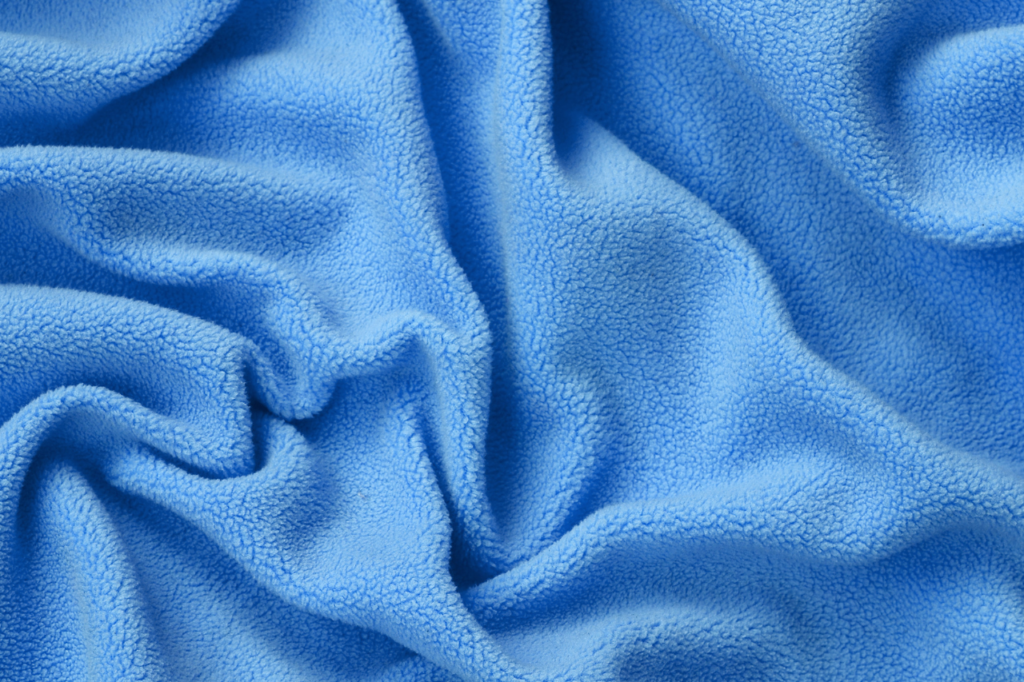


Fleece has become an all-round term for a fabric with many little loops brushed into a soft pile. The word fleece comes from the English language and refers to sheep’s wool’s appearance or formation. We also use the word fleece to describe the wool itself.
Today, fleece is most often associated with the polyester material invented in the 1970s by the Malden Mills company. The company initially made clothes out of wool and wanted to develop a replacement product that would not absorb moisture. By collaborating with the garment company Patagonia, they developed polyester fleece designed to mimic wool’s warming properties.

Since the term “fleece” refers to the appearance and the technique, fleece has been developed in different materials. such as cotton, “cotton fleece”, and hemp fleece, among others. It is also common to mix different types of fibres to achieve different feel, appearance, durability, etc. Polyester is the most common fibre used to make fleece, sometimes from (recycled) PET bottles. Like other petroleum-based materials, polyester fleece releases microplastics, a growing concern for nature and its ecosystems and biodiversity.
Fleece is generally warm, soft and light, depending on the material. It can be thick and fluffy, as in polar fleece, or thin, as in microfleece. It is often used to make sweaters, jackets, hats and mittens to keep warm in cold weather conditions.
Sources
Sewguide – Fleece fabric ![]()
Wikipedia – Polar fleece ![]()
November 2024, TÄNKOM | Revised November 2024, RETHINK



